What To Do If Your Mac Doesn’t Recognize iPhone: 8 Solutions!
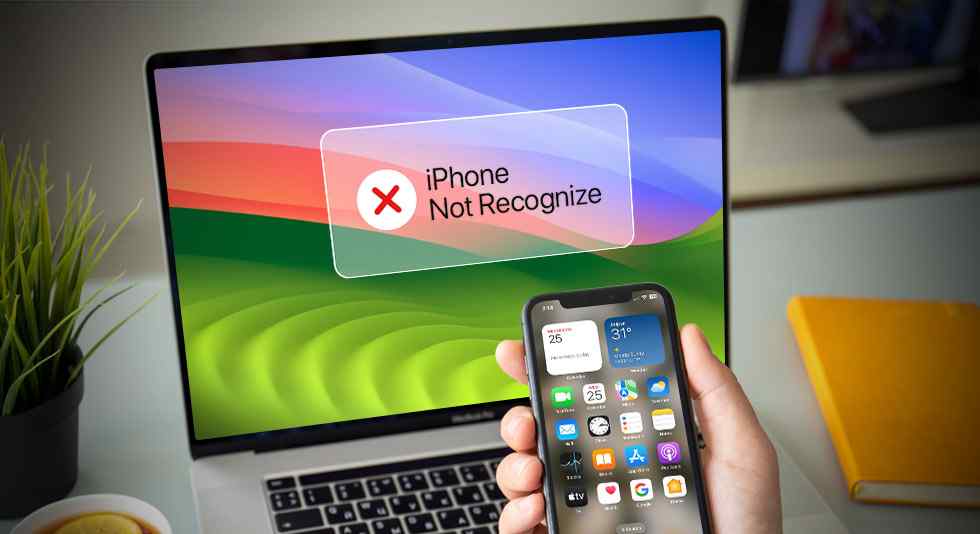
In the age of seamless connectivity, the bond between our Macs and iPhones has become essential for productivity, data management, and overall convenience. However, even the most reliable tech companions can face hiccups. If you’ve ever encountered the frustrating scenario of your Mac not recognizing your iPhone, you’re not alone. This issue can arise due to various reasons, from software glitches to faulty cables, there are numerous issues that can cause this issue.
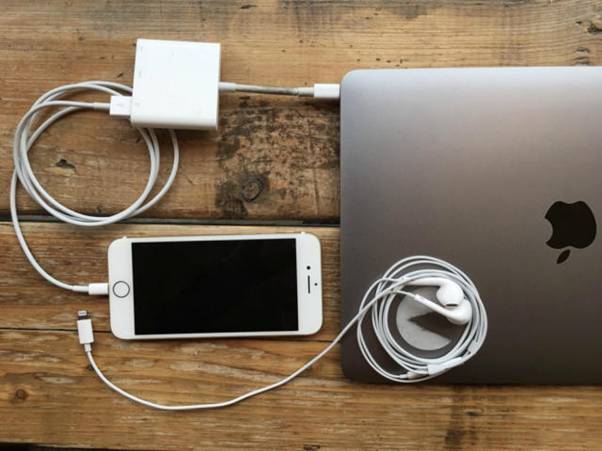
In this comprehensive guide, we will walk you through a step-by-step process to troubleshoot and resolve the Mac doesn’t recognize iPhone issue. Whether you’re a tech-savvy user or someone new to the Apple ecosystem, these troubleshooting steps will help you regain that vital connection between your devices.
We’ll cover everything from basic checks and settings adjustments to advanced solutions that can tackle more complex problems.
Also read: How To Transfer Videos From iPhone To Your Mac: 5 Simple Ways
Mac Doesn’t Recognize iPhone? Try These Fixes!
Here are 8 solutions to try if your Mac won’t recognize iPhone:
Solution 1: Check the Physical Connection
First, make sure your iPhone is properly physically connected to your Mac. Use the charging cable that came with your iPhone – third-party cables sometimes don’t work properly for data transfer.
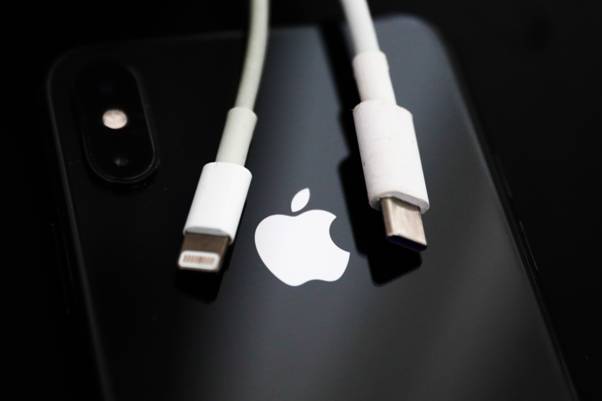
Check that the cable is securely plugged into both devices. Try connecting your iPhone to another USB port on your Mac if possible. Make sure the port is working properly by connecting to another device.
Solution 2: Force Restart iPhone
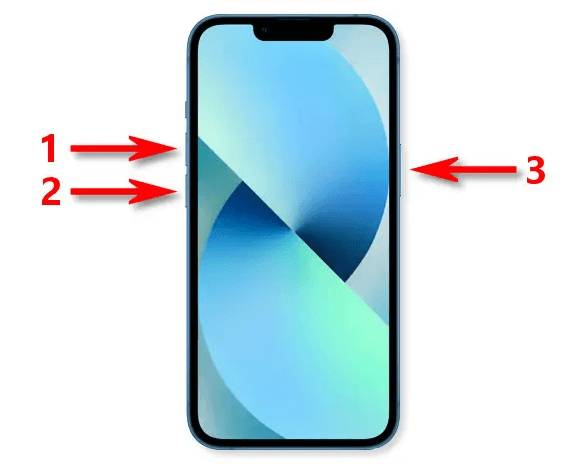
If your iPhone is unresponsive, force restart it by pressing and quickly releasing the Volume Up button, then pressing and quickly releasing the Volume Down button, and then pressing and holding the Side button until you see the Apple logo. This will force your iPhone to power cycle and restart, which can resolve connection issues.
Also read: How To Transfer Photos From iPhone to Mac
Solution 3: Force Restart Mac
Similarly, you can try force restarting your Mac to potentially resolve any software issues preventing recognition of your iPhone. This action essentially provides a clean slate for your system, potentially clearing any temporary glitches. To perform a force restart, press and hold down the power button on your Mac until it powers off completely. After a few moments, power it back on and allow it to boot up.
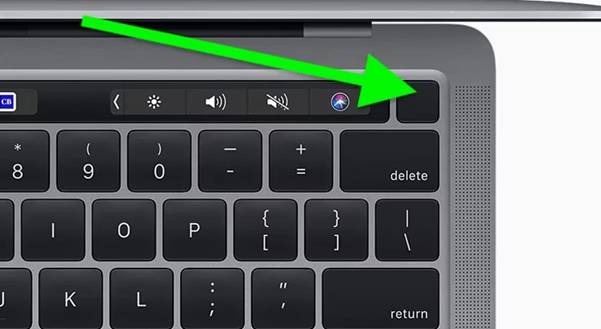
Once your Mac is fully operational, reattempt the connection with your iPhone. This straightforward step might just be the key to re-establishing the vital link between your devices, ensuring they communicate seamlessly once more.
Also read: How to Refresh on Mac: Boost Your Mac’s Performance
Solution 4: Update iOS and macOS
iPhone not connecting to MacBook? Make sure both your iPhone’s iOS and your Mac’s macOS are up to date. Connect your devices to the Internet, go to Settings > General > Software Update on iPhone, and to System Preferences > Software Update on Mac.
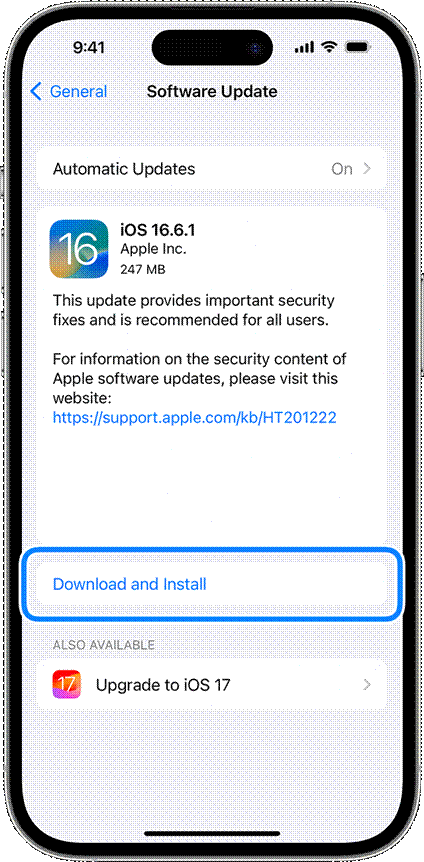
Install any available updates, then try reconnecting. Updates often include bug fixes that can resolve connectivity problems.
Solution 5: Use a Different Cable
Consider using a different Lightning cable to connect your iPhone to your Mac. It’s crucial to opt for an official Apple cable rather than third-party alternatives, as they may not meet the necessary specifications. Faulty or damaged cables are a frequent culprit behind connectivity issues, so investing in a reliable, original cable can make a significant difference.
By doing so, you ensure that the connection between your Mac and iPhone is supported by high-quality hardware. Test your iPhone with multiple cables to thoroughly rule out any possibility of a problematic cable, ultimately increasing the likelihood of a successful connection between the two devices.
Solution 6: Reset iPhone Network Settings

Here comes another quick solution to resolve the Mac doesn’t recognize iPhone issue. On your iPhone, go to Settings > General > Reset and select Reset Network Settings. This will reset all network settings on your device which can resolve connectivity bugs without erasing data. Reconnect to WiFi after resetting.
Also read: Quick Guide to Copy and Paste on MacBook: Enhancing Your Workflow
Solution 7: Disable and Re-enable USB Port
Try temporarily disabling the problematic USB port your iPhone is connected to, apply changes, then re-enable the port and reconnect your iPhone. This can reinitialize the USB port and fix software issues. You can navigate to System Preferences > USB on your Mac to make the necessary changes.
Solution 8: Check iTunes or Finder
Even if your Mac isn’t showing your iPhone in the sidebar of Finder, try launching iTunes or Finder, click your iPhone icon at the top, and see if it is recognized there. You may get a prompt on your iPhone to Trust your computer – agree to this. Then it may show up properly in Finder.
If none of these steps work in fixing the Mac not recognizing iPhone issue, you may need to restore your iPhone using iTunes or set up your iPhone as new. Back up your data first, then follow Apple’s support guides to restore or erase your device, which forces your Mac to re-recognize it. Avoid syncing restored data back at first, in case corrupted files are causing issues syncing.
Resolve the iPhone Not Detected by Mac Problem Once and for All!
Troubleshooting when your Mac doesn’t recognize your iPhone can be a frustrating experience, but armed with the right knowledge, it’s a challenge that can be overcome. We’ve covered a range of solutions, from basic checks to more advanced troubleshooting steps to fix the Mac doesn’t recognize iPhone issue. Remember, patience and persistence are key. If one method doesn’t work, don’t be discouraged – try the next. And if all else fails, Apple’s dedicated support channels are there to assist you.
By following these steps, you’ll soon re-establish the seamless connection between your Mac and iPhone, ensuring you can continue to work, communicate, and create without interruption.

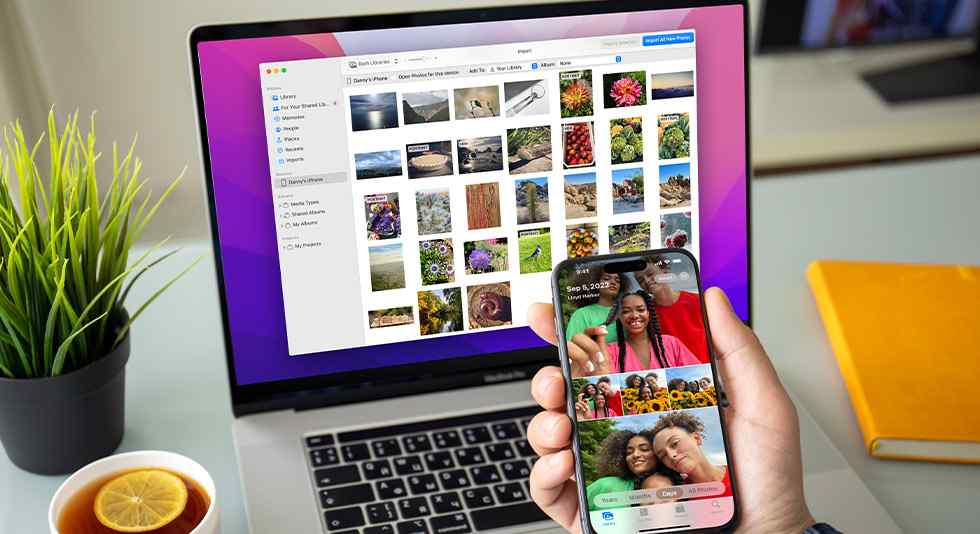 How To Transfer Videos From iPhone To Your Mac: 5 Simple Ways
How To Transfer Videos From iPhone To Your Mac: 5 Simple Ways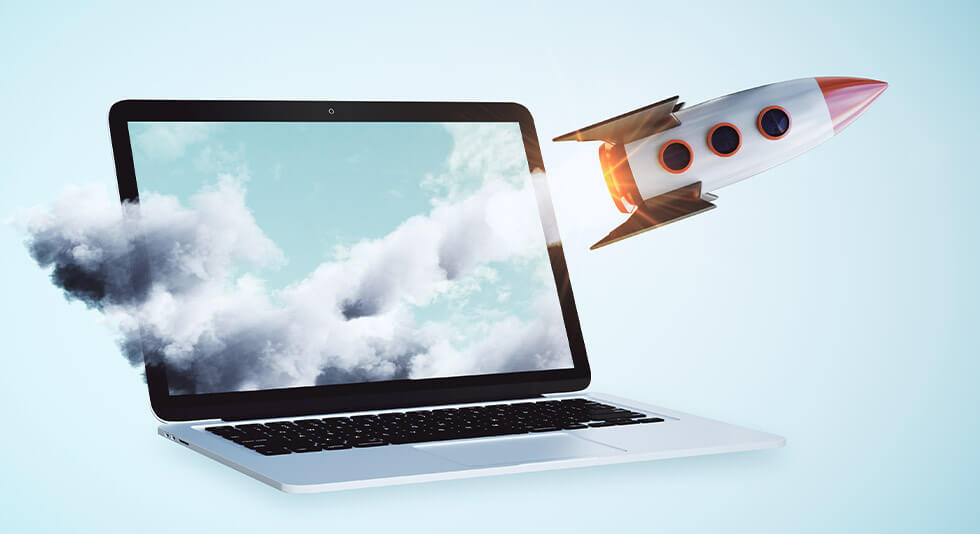 How to Refresh on Mac : Boost Your Mac’s Performance
How to Refresh on Mac : Boost Your Mac’s Performance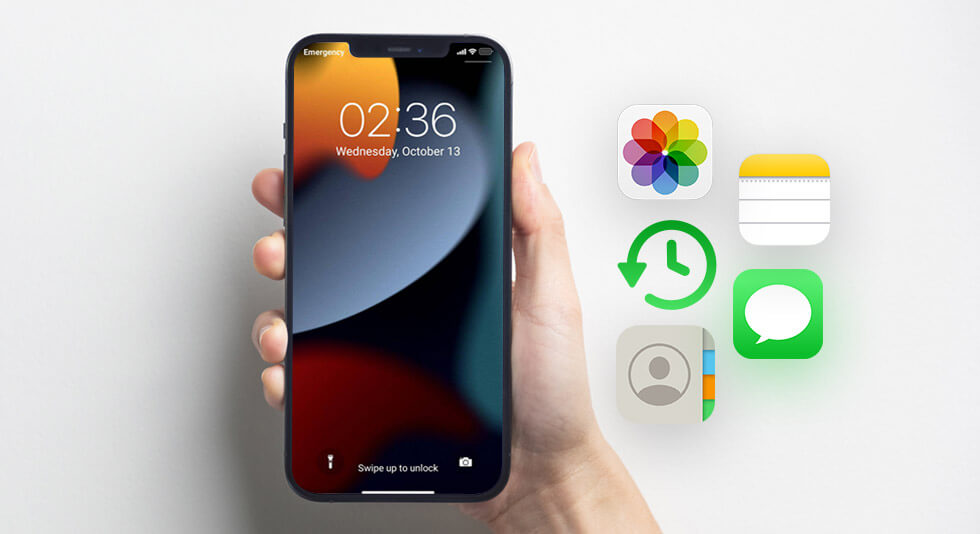 Best iPhone Data Recovery Software for Mac in 2024
Best iPhone Data Recovery Software for Mac in 2024